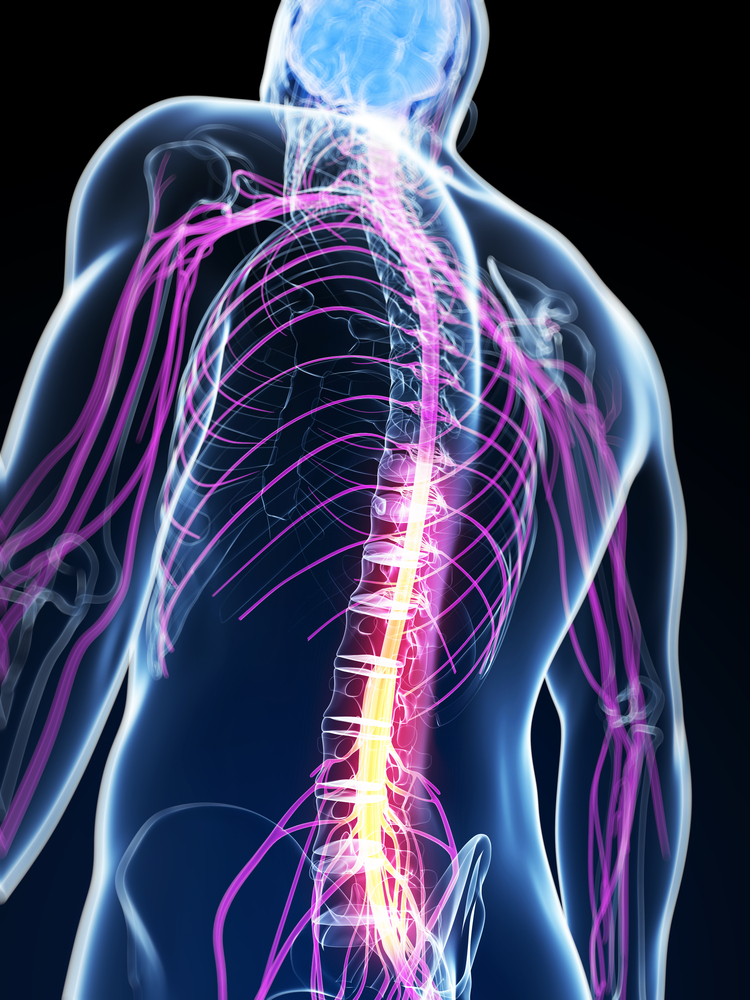As Potential Therapy for Friedreich’s Ataxia, Researchers Study RNA Transcript Therapy to Deliver Frataxin mRNA

Scientists believe that delivery of functional frataxin mRNA via RNA transcript therapy (RTT) can become a potential therapy for Friedreich’s ataxia patients. The study, “Intrathecal delivery of frataxin mRNA encapsulated in lipid nanoparticles to dorsal root ganglia as a potential therapeutic for Friedreich’s ataxia,” was published in the journal Scientific Reports.
Friedreich’s ataxia is an autosomal recessive inherited disease that causes progressive damage to the nervous system. Although it is primarily a neurodegenerative disease its manifestation reaches multiple tissues including the heart and pancreas. Disease symptoms usually begin in childhood and lead to impaired muscle coordination (ataxia) that worsens over time, due to spinal cord and peripheral nerves degeneration.
The disease is caused by expansion in the FXN gene, leading to diminished frataxin protein expression in all cell types tested so far, but pathology is observed only in specific cell types, including select neurons, cardiomyocytes (cardiac muscle cells), and pancreatic islets.
RNA transcript therapy (RTT) is a new strategy where mRNA — messenger RNA necessary for later protein production — is encapsulated in nanoparticles, and is currently being tested as a novel therapy for several disorders. Preliminary studies showed that by using RTT, researchers could rescue a lethal genetic knockout mouse model and also deliver an mRNA encoding a therapeutic protein in an animal model.
These results suggest that RTT can potentially be used as a replacement strategy in genetic inherited disorders, such as Friedreich’s ataxia.
Researchers explored this possibility and performed RTT by intravenous and intrathecal (administered into the spinal canal) lipid nanoparticle delivery of human recombinant FXN (hFXN) mRNA. The team showed that hFXN mRNA is successfully translated in vitro and in vivo upon systemic administration.
In addition, the protein generated followed normal processing into a mature, functional FXN protein. Upon intrathecal delivery of hFXN mRNA in lipid nanoparticles, the team detected recombinant human FXN protein in dorsal root ganglia.
The results show for the first time that RNA transcript therapy is a potential strategy to deliver functional, therapeutic mRNA to dorsal root ganglia in the spinal cord for the treatment of Friedreich’s ataxia and other spinal muscular atrophies.






